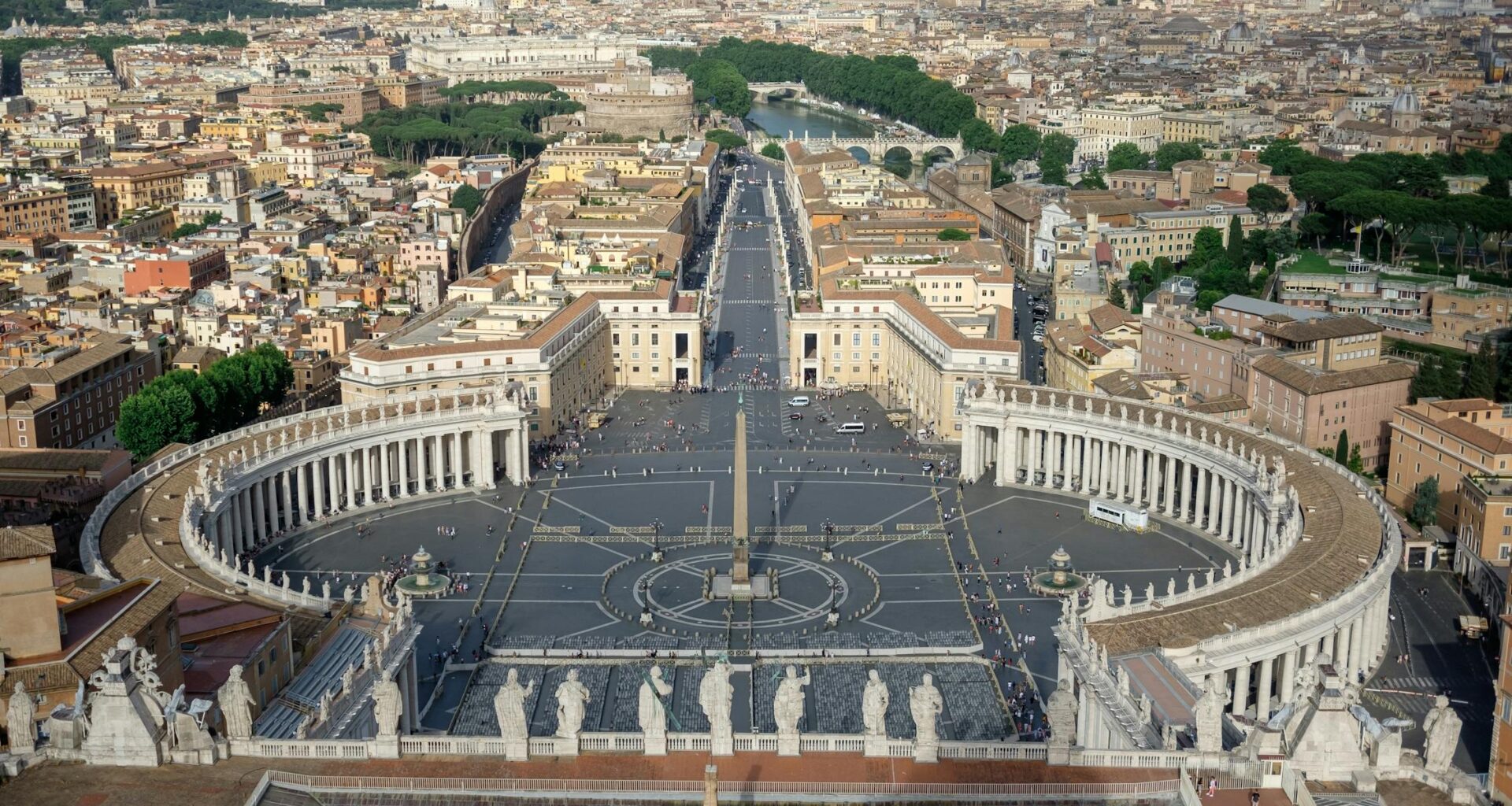The words ‘Habemus Papam’ echoed out from the Vatican on May 9th, 2025. After the death of Pope Francis on the 21st of April, after over 12 years on the throne of St Peter. His papacy was not neither the longest nor the shortest: that distinction goes to either St Peter himself or Pope Pius IX, and Urban VII the shortest. But his papacy was marked by significant changes to the tone of the Church, as well as to the substance of its message. The new Pope’s own brother has spoken of his intent to ‘massage’ the progressivism of Francis: from a greater emphasis on social justice, the rights of immigrants,climate change, and a (relatively) more progressive approach towards the LGBTQ community and women in the Church. The Roman Catholic Church remains a conservative institution, but following Francis’ papacy, it is not an arch-reactionary one. Tolerance, if not as far as some might hope the Catholic Church to move, is a world away from the vocal calls for repression that once echoed out of the Sistine Chapel.
The Church remains in a state of flux. It continues to labour under the shadow of sexual abuse scandals that embroiled it during the 2000s and 2010s whilst the pace of social change has outpaced the capacity for some conservative Catholics to cope. Pope Francis drew greater attention to the papacy than his more reserved predecessor, Pope Benedict XVI, with his higher profile inviting more scrutiny of the Church’s stances. Where Francis had been a Jesuit who climbed the Church hierarchy through that route, with a greater openness to liberation theology and social campaigning, Benedict was an academic. He was more at home in the Vatican Secret Archives and in theological writing than being a dynamic leader of the largest denomination of Christianity. The current Pope was not one of those candidates, like Luis Tagle of the Philippines, promoted as future candidates before the election, and had not obtained the same attention as his predecessor nor his competitors.
Nevertheless, Pope Leo XIV emerged onto the balcony of the Vatican on May the 9th to the waiting masses who had gathered in St Peter’s Square, pleasantly surprised that, after only four rounds of voting, the 133 cardinals sealed from the outside world had elected a new pope. He took the same name as Pope Leo XIII, who emphasised the Church’s role in workers’ rights and social equality. Before his election, he had worked in Peru for so long that he gained citizenship, and condemned J.D. Vance. So he ought to watch out the next time the US’ Veep he struts into the Vatican. Despite the danger posed by America’s deputy Thanker-In-Chief, he arrived at the Papacy well-prepared for the job, and the first ever American Pope.
Where will he go from here? All indications suggest he won’t reverse Francis’ reforms, nor is he expected to undo Francis’ efforts to diversify the body of Cardinals beyond Europe as the Catholic faith’s growth continues to be fastest outside Europe. How will he wield the Papacy’s moral authority on international affairs,and in addressing global failures on issues like climate change? It is too early to know. But for the Church to have avoided either extreme, as it did in 2013 with Francis’ selection, prevents either a schism of conservatives away from the Church or the slow dejection of progressives.
The world today is more complicated and dangerous than ever. For the Church to be the Beacon of Light Pope Leo XIV aspires it to be, it must have courage in its convictions, and readiness to adapt to the world around it. Otherwise, the progress made under Pope Francis will be undone, the Church’s sins over child abuse forgotten, and its parishioners left behind.
Post Views: 588
Related
